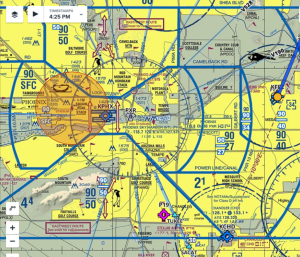
By “low-level,” we mean that grid graphics functions are typically used to modify very specific elements of a plot, rather than being functions to use for a one-line plotting call. Grid graphics is a low-level system for plotting within R and is as a separate system from base R graphics. You can even include mathematical annotation on ggplot objects using ggplot2 functions (see for some examples) and change coordinate systems (for example, a pie chart can be created by using polar coordinates on a barchart geom). For example, as described in previous sections, you can use ggplot2 functions to change the theme of a plot (and you can also change specific elements of the theme for a plot), to customize the colors used within the plot, and to create faceted “small multiple” graphs. 4.7.4 Example: Normal Confidence Intervalsįunctions in the ggplot2 package allow extensive customization of many plotting elements.4.7.2 Example: An Automatic Transparency Geom.4.5.6 Find out more about grid graphics.4.3.5 Where to find more on mapping with R.4.3.4 More advanced mapping – Spatial objects.3.10.1 Web Services for Continuous Integration.

GRIDDED SECTIONAL CHARTS HOW TO

1.8.1 Back of the Envelope Calculations.1.7 Text Processing and Regular Expressions.1.6.2 Pulling out date and time elements.1.6.1 Converting to a date or date-time class.1.6 Working with Dates, Times, Time Zones.1.5.4 Adding, changing, or renaming columns.1.4.2 Requesting data through a web API.1.3 Reading Tabular Data with the readr Package.


 0 kommentar(er)
0 kommentar(er)
